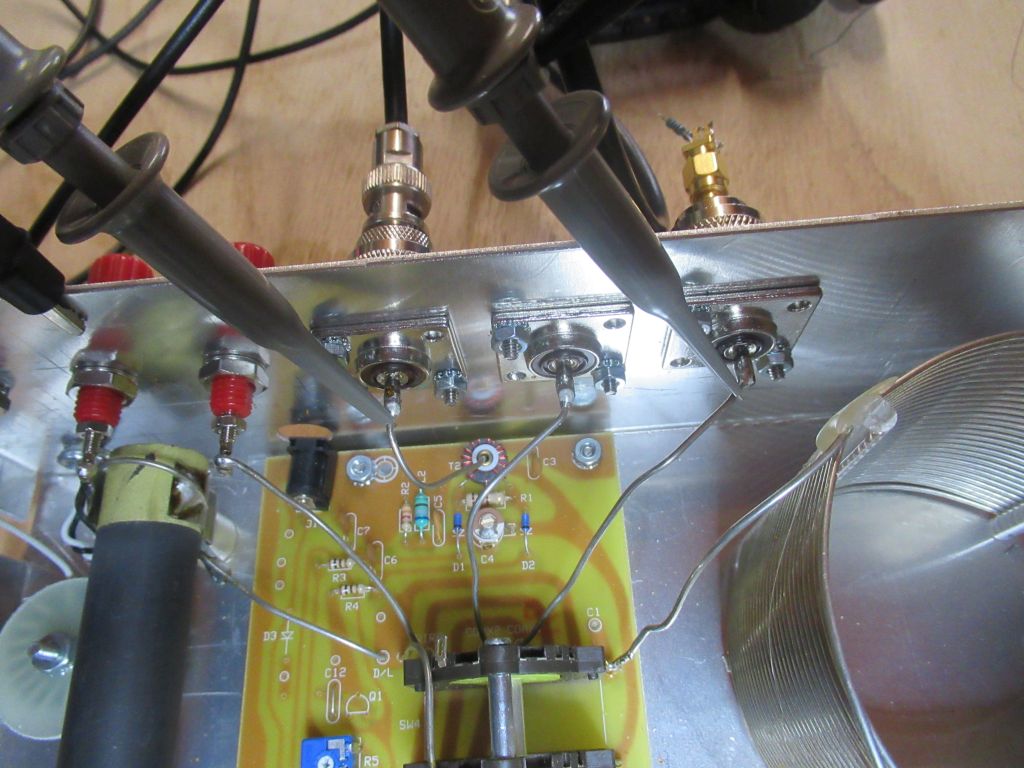
How does a tuner… tune?
Most ham operators know that by combining inductors and capacitors in various configurations, they can tune their antenna impedance to match their transceiver. Many people, […]

Most ham operators know that by combining inductors and capacitors in various configurations, they can tune their antenna impedance to match their transceiver. Many people, […]
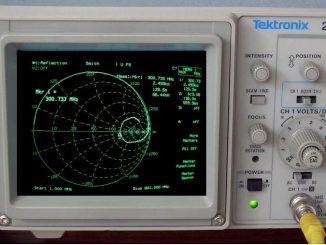
A simple method to measure complex loads (R, X, inductance, capacitance, dissipated power, etc.) using a simple oscilloscope.

A common topic among ham radio operators is about power lost due to high VSWR when feeding an untuned antenna. A very frequent explanation about […]
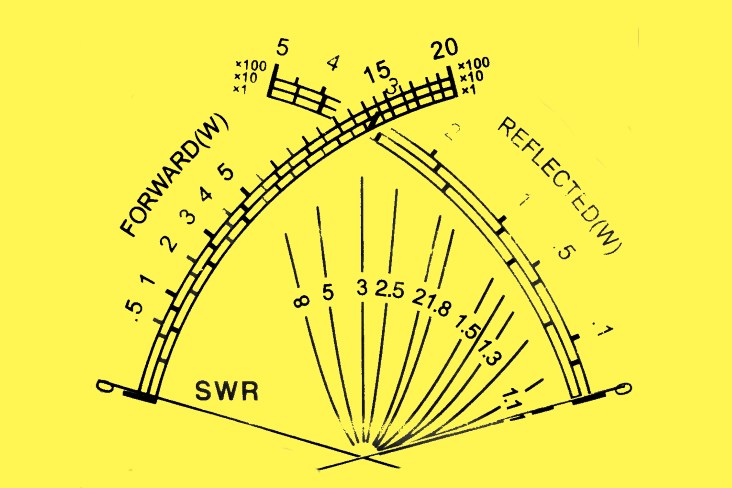
Often forums, Facebook pages and other “free-speech” places offer food for thought about many details related to our hobby. This time I stumbled upon a conversation […]

I happened to stumble across some antenna projects showing common mode chokes 1:1 baluns made of some turns of coax wound on T200-2 iron powder […]

In my experience with computer antenna simulators (I mostly use 4NEC2), I had the feeling that those tools, if correctly employed, can be quite accurate. Unfortunately, when working […]
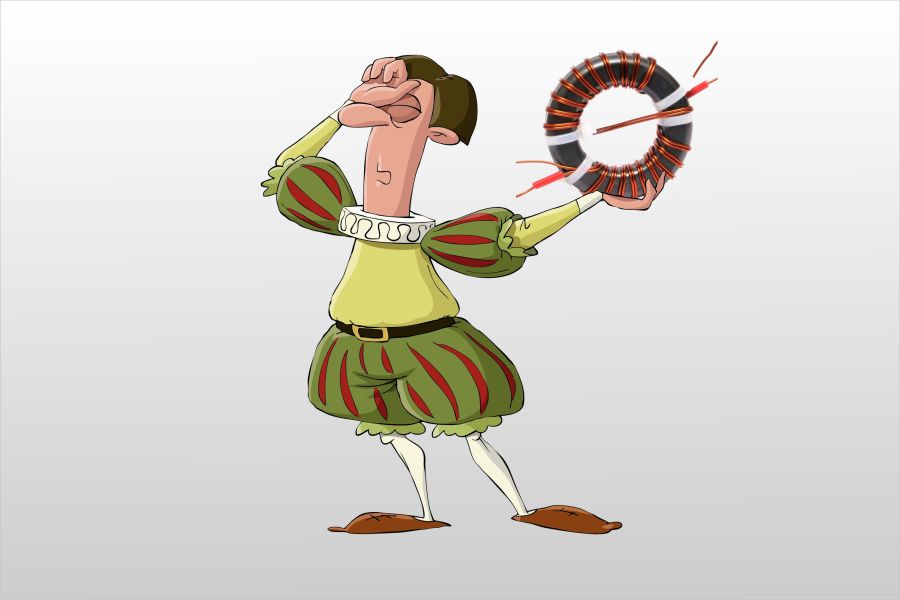
that is the question, for many ham radio operators. A simple, resonant, single band, plain-vanilla horizontal dipole, does really need a 1:1 balun… or not? […]
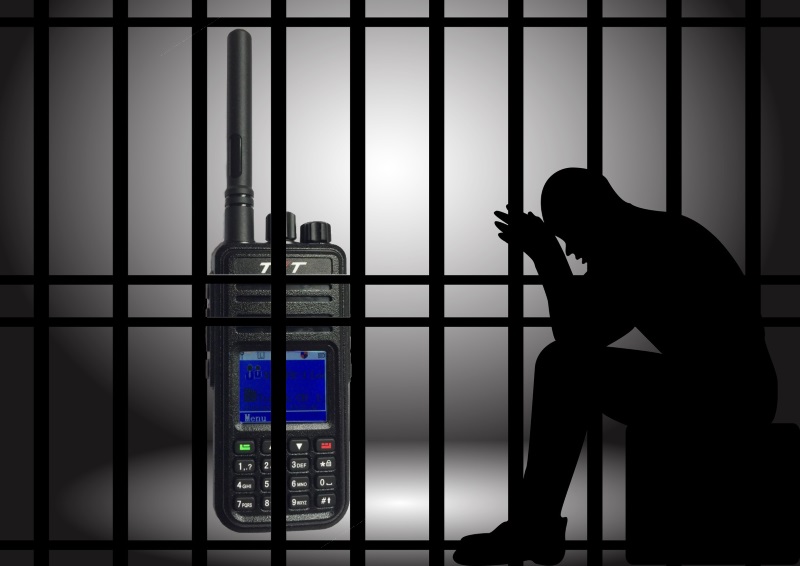
It can happen that a “PC Programming Password”, set on the Tytera MD-380/Retevis RT-3 “CPS” programming software, is lost or forgotten. If that happens, there […]
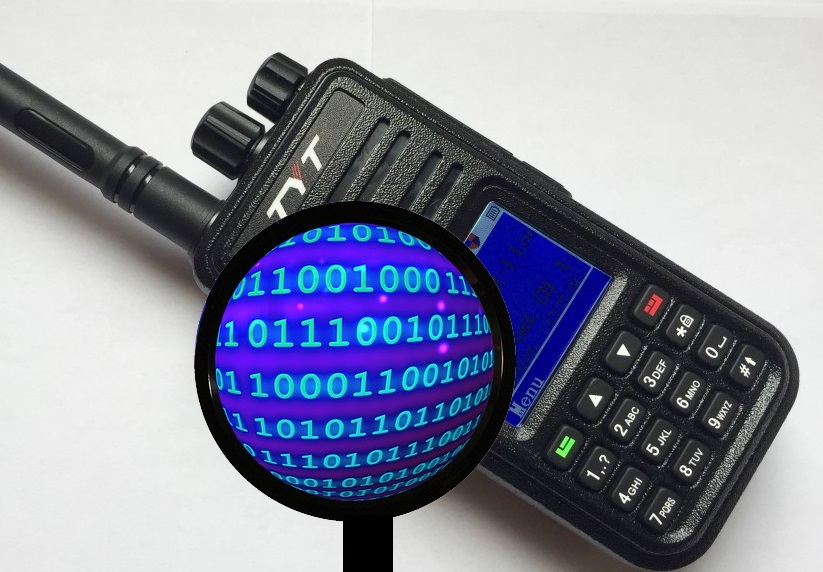
This page documents the format of the Tytera DM380/Retevis RT-3 codeplug binary file. This is not an official format definition but it has been determined […]
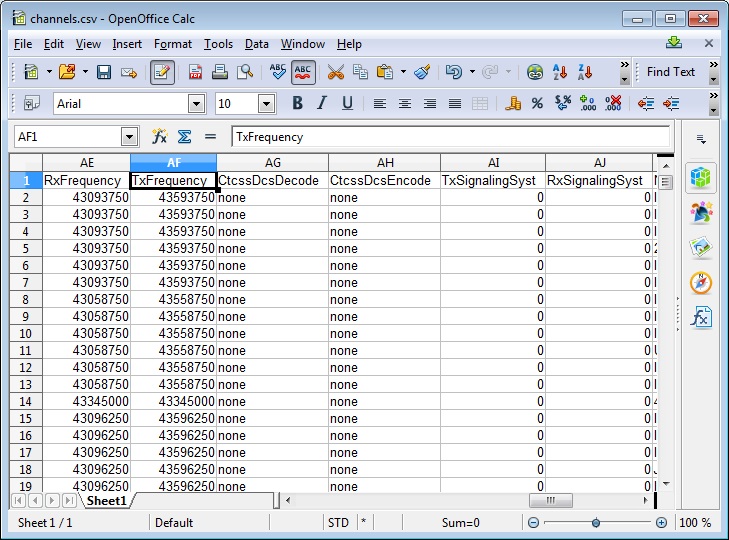
The recent Tytera MD-380, also known as Retevis RT-3, is very nice DMR portable UHF rig. However, one of its weak points is the programming […]
Copyright © 2025 | WordPress Theme by MH Themes